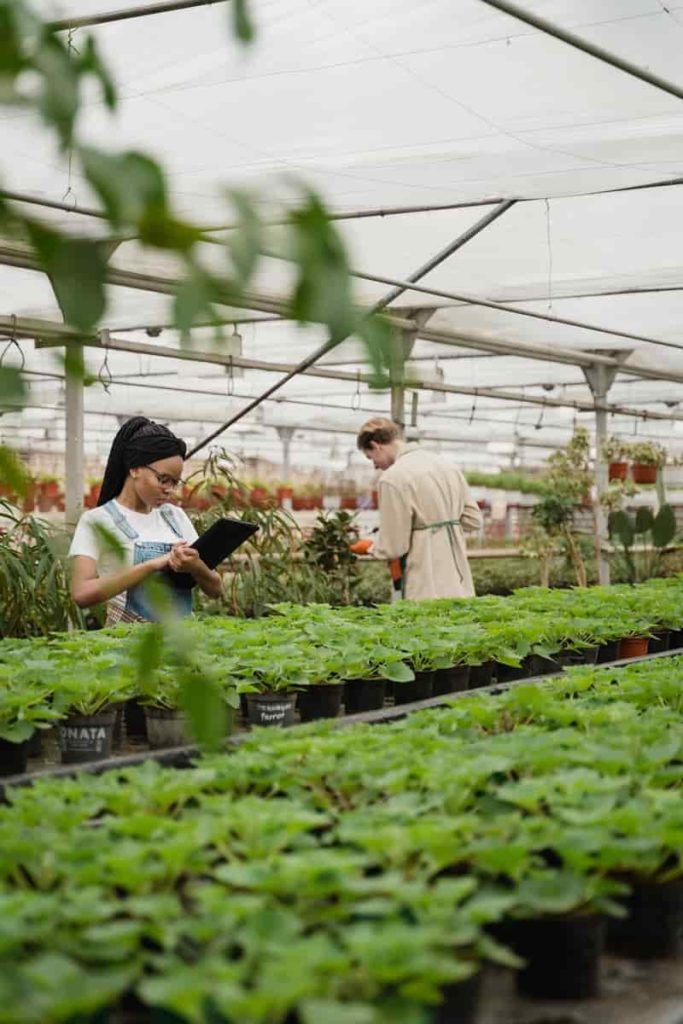The vegetable nursery industry is lucrative and time-consuming, but you can start your own in no time with the right business plan. You can also expand your nursery business through colossal marketing. Nursery-grown vegetables include radish, tomato, spinach, sweet potato, peas, brinjal, onions, and garlic. First, find out what permissions, licenses, or certifications are needed to start a plant nursery in your area. Then, consult a lawyer and an accountant about your specific situation.
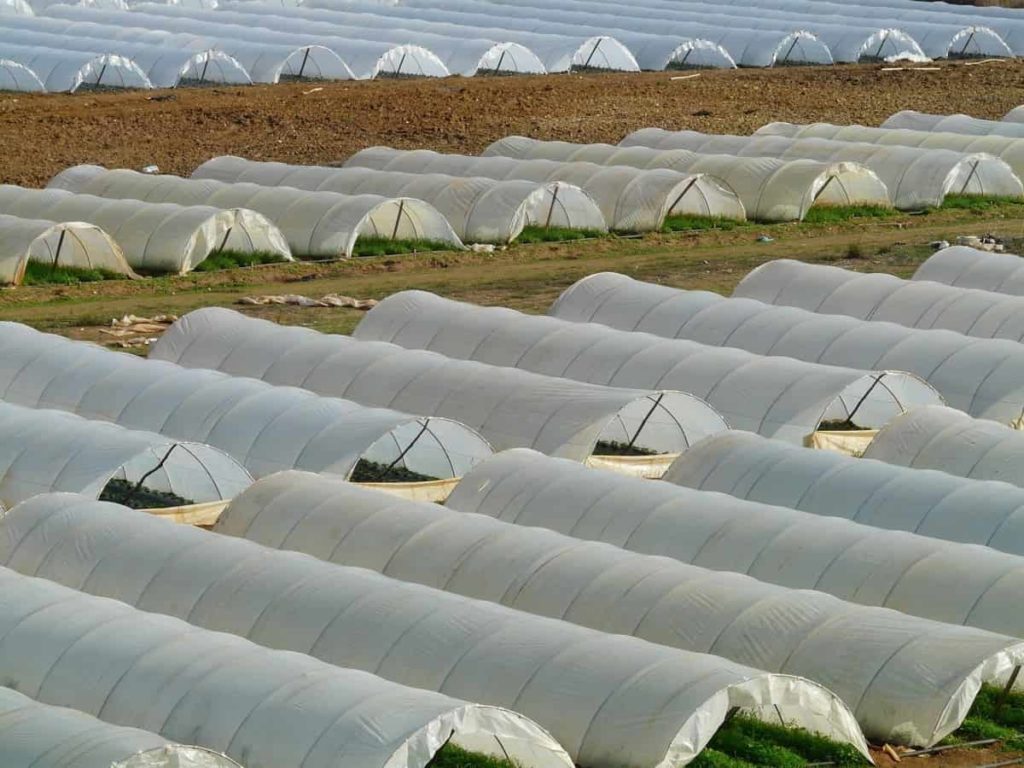
Consider climate, labor relations, environmental concerns, inspections, and taxes while deciding on a location for a business. Plan out your mission, goals, and strategies. Business people usually need a business plan. Many different kinds of young plants can be found in a thriving nursery, and these plants can be purchased by individuals or in large numbers.
The local demography will influence the nursery’s production in terms of quality, variety, and scale. In addition, the owner’s connections with well-known landscaping businesses often influence a nursery’s choice of plants. Mulch/soil delivery is another service that some nurseries provide in addition to their regular nursery services. Let’s check out earning 2 lakh per month from vegetable nursery business below.
What are the advantages of the vegetable nursery business?
The tiny seedlings are easy to take care of. It is possible to produce favorable conditions for development, including germination and growth. It is no longer necessary to deal with soil characteristics. Weed control that’s simple and effective. Cost savings in the management of the field. Improved crop quality. Increased profits. A better way to use hybrid seed varieties. More productive use of land with a shorter growing season—improved prediction of harvest time.
What are the disadvantages of the vegetable nursery business?
Adds manufacturing costs due to seedling costs. More labor is required to get the crop up and running.
In case you missed it: Top Miracle Grow Tips for Your Garden Plants: Vegetables, Fruits, Flowers, and Herbs
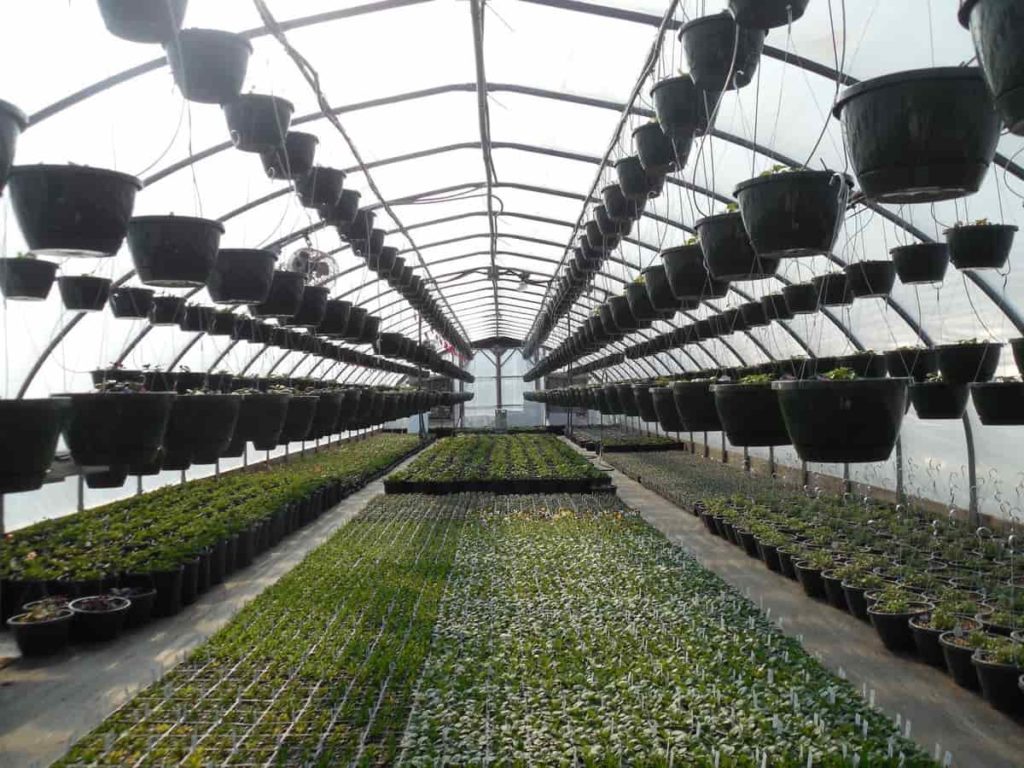
Earning 2 lakh per month from vegetable nursery business
The Success story of Mr. Narasimha
Mr. Narasimha is a farmer from Sangareddy district, Telangana. He has been in the vegetable nursery business for five years. Before that, he used to be a farmer and grew different kinds of vegetables on his farm. However, due to the irregular yielding of his farm, as he cultivated vegetables by traditional farming practices, he saw huge losses on his agricultural farm back then. So, not knowing what to do, he stepped back from the vegetable farming and searched for an alternative to choose instead of what he used to do.
From that moment, he investigated different people from his family, friends, and sometimes even some small-scale agricultural business entrepreneurs. Finally, he came across a businessman in the vegetable nursery business when he was at it. He gained knowledge about the field and took training under him by paying him a little money. He then chose the vegetable nursery business for investing his money and in.
Even though he faced some issues initially, which we will discuss in the coming sections, he didn’t lose hope and started constantly working to develop his business. Now Mr. Narasimha is a successful vegetable nursery businessman earning huge profits from his nursery. Now let us get into the details of his nursery.
Site development of his nursery, according to Mr. Narasimha.
Mr. Narasimha’s nursery is developed on 2 acres of land. He started only with half an acre, but as the demand increased, he expanded his nursery to one and a half acres. As we grow susceptible seedlings in a nursery, they need to be protected from bright sunlight, heavy winds, and rainfall. For this, we have to install a vast green net over the nursery with the support of cement pillars. You should select 9 feet height of cement pillars to provide support for the net so that even if 3 feet can go to depth, another 6 feet can be used as the height for clearance.
It would help if you used a 50% dense net for the nursery business, says Mr. Narasimha. However, while constructing your nursery, beware of the wind direction. If your nursery is vast, you will probably use a green net all over the area. And in the case of winds, this can be a disadvantage. At the start, Mr. Narasimha faced the same issue. The net of his nursery was damaged by a heavy wind, which resulted in the damage of some of his seedlings.
In case you missed it: Polyhouse Plant Nursery Setup and Management
Also, it took time for him to make the necessary fixes. Mr. Narasimha says that it is better to split your nursery if you are establishing a huge one. In this way, your nursery can escape the wind flow. Mr. Narasimha used this technique in his nursery and said it was very effective. The initial investment can be high due to these cement pillars and green mesh, but you will get your returns in no time. For growing seedlings, you need cell trays.
You can buy the nursery equipment from various private companies; they include cell trays, irrigation tubes, and other needed equipment for a nursery. The initial investment in a nursery business per acre can be as much as rupees 12 to 15 lakhs, and most of this one-time investment includes cement pillars, green nets, cell trays, pumps, and other needed equipment.
Selection of seeds in Mr. Narasimha’s nursery
As his nursery is enormous, Mr. Narasimha grows various vegetable seeds: tomatoes, chili, brinjal, cabbage, cauliflower, capsicum, papaya, drum sticks, beans, bottle gourd, ridge gourd, bitter gourd, and ladies fingers. He also grows some extra flower seeds such as Marigold and chrysanthemums.
Also, be aware that there is a demand even for which company seeds you are growing. Therefore, before starting your nursery business, enquire about different popular company seeds and choose two are three other company seeds to grow so you can give your customers the best options to choose their roots from.
Process of developing vegetable seedlings in Mr. Narasimha’s nursery
For growing vegetable seeds, you should use cell trays. This is because there are gaps in which the source should be placed within the soil; these gaps are known as cells or cavities. Each cell tray can cost you as much as 15 rupees when ordered in bulk. However, if you call them in size, the companies give huge discounts on cell trays and also will provide free transportation for delivering them to you, says Mr. Narasimha.
Once you have all the equipment you need, start planting the seeds in the trays. The trays already have adequate gaps between each source, so you must not worry about the spacing issues. Also, remember that sometimes there are differences in cell tray sizes and shapes according to the crop you grow. Some crops need more space, and others need less, so choose your cell trays according to the seed you will germinate.
In case you missed it: Plant Nursery Information For Beginners
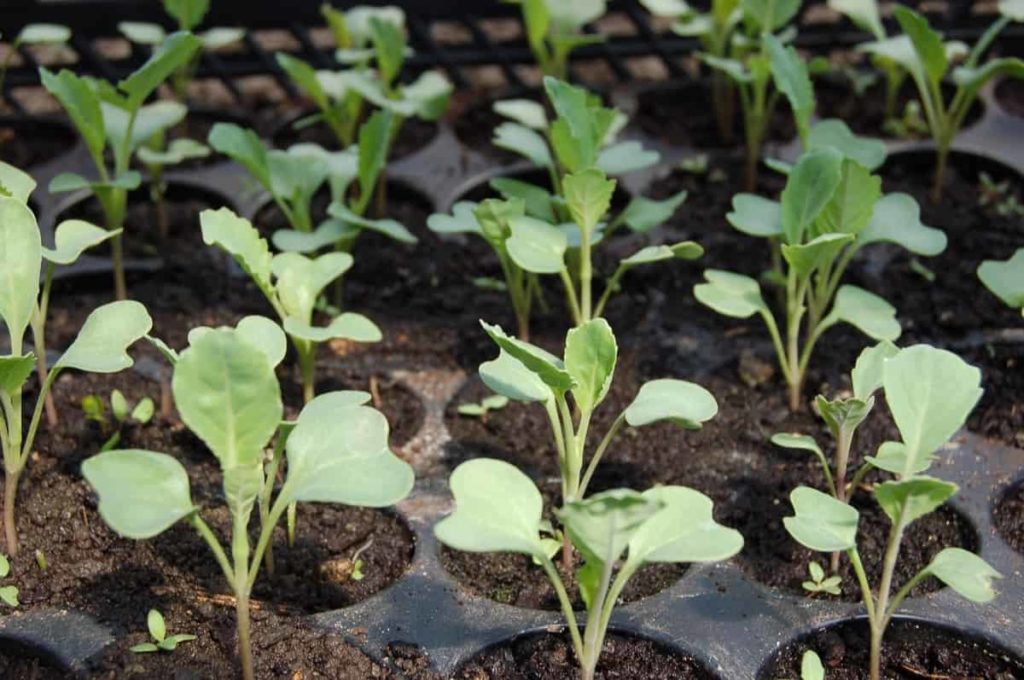
Mr. Narasimha says that to protect your seedlings from winds, use plastic sheets and the green nets you used. The plastic sheets should be arranged to surround a group of plants and protect them from hot winds in summers and calm winds in winter, and sudden rainfalls. The plastic sheets should be preinstalled in the nursery from pillar to pillar so that in case of a rain emergency, you can quickly cover the seedlings.
It would help if you did not directly protect the seedlings with the plastic sheet. To protect your seedlings, use plastic tubes that can be arranged in a way that they form an arch over the group of plants. So now, you can cover your seedlings with plastic sheets by placing them over the plastic tube arch, enabling some gap between the sheet and seedlings. Also, dig small trenches beside every group of seedlings so that in case of rain, the water from the sheets directly falls into these trenches and gets drained outside the nursery.
In this way, proper care must be taken while growing your seedlings. In Mr. Narasimha’s nursery, his laborers mainly take care of the watering. He also expressed that the quality of seedlings depends on the care the laborers take to help them germinate. So, when hiring the laborers, be careful whom you are choosing, and it is better to hire people who have at least some experience in the agricultural background.
To help your seeds germinate better, ensure you provide them with proper nutrients. In his nursery, Mr. Narasimha uses various fertilizers to grow his seeds. Before filling the cell trays with the soil, the soil is treated with urea, cocopeat, superphosphate, and DAP beforehand. After treating the soil, wait for a few days, and mix and prepare the ground well. Only after finishing this process should you fill the trays with soil.
Some new farmers directly try to spray the fertilizers on the cell trays; this doesn’t seem right and is ineffective. There will be no need for you to use pesticides and insecticides on your seedlings. As you will be taking care of them only for a short period, you can prevent the pests and diseases in your seedlings if proper care is taken. Even though a specific group of plants got prone to infections or problems, use a little bit of insecticide or pesticide to take care of it but don’t overuse it as it can damage your seedling.
In case you missed it: How To Start Backyard Plant Nursery – A Full Guide

It is better to choose the crop that will be on-demand in the season you want to cultivate the seeds. Also, make sure you get proper reach for your nursery business, as you can earn more by pre-orders. If farmers believe in your nursery crops, they can take a vast number of seedlings at once, so for that to happen, they pre-order before the season; you can estimate the number of seeds you have to cultivate in your nursery. It is better to grow some extra seedlings other than those delivered by pre-orders since if there is a sudden customer, you can provide them with the seedlings.
Market and profit analysis of Mr. Narasimha’s nursery
Any vegetable cannot take more than 25 to 35 days to germinate. So, once you get the sprout, the plants are ready to be sold. So, from this business, you can earn profits every month. Mr. Narasimha sells his seedlings of various crops between 0.65 to 0.85 rupees in his nursery. This selling price depends on the variety of crops he sells, so we take the average cost of 0.75 rupees per seedling for calculation purposes.
Mr. Narasimha grows nearly 2.5 lakh seedlings per acre, so he grows almost 5 lakh seedlings for two acres. These calculations are based on high investment parameters and slightly low returns; for two acres, if Mr. Narasimha sells 5 lakh seedlings per month, his average income per month would be 3,75,000 rupees. In Mr. Narasimha’s nursery, five laborers work with 10,000 rupees per month as a salary.
And for buying various seeds and fertilizers, let us assume that he spends approximately 1,00,000 rupees per month. And now if we erase all these running costs, he obtains a profit of nearly 2,00,000 rupees per month. But, of course, these values can alter depending on the seed you consider to germinate, climatic conditions, and the care taken by the laborers. So, on average, Mr. Narasimha is earning nearly 2 lakh rupees per month. This is huge.
In case you missed it: How To Set Up Vegetable Nursery – Ideas, And Tips
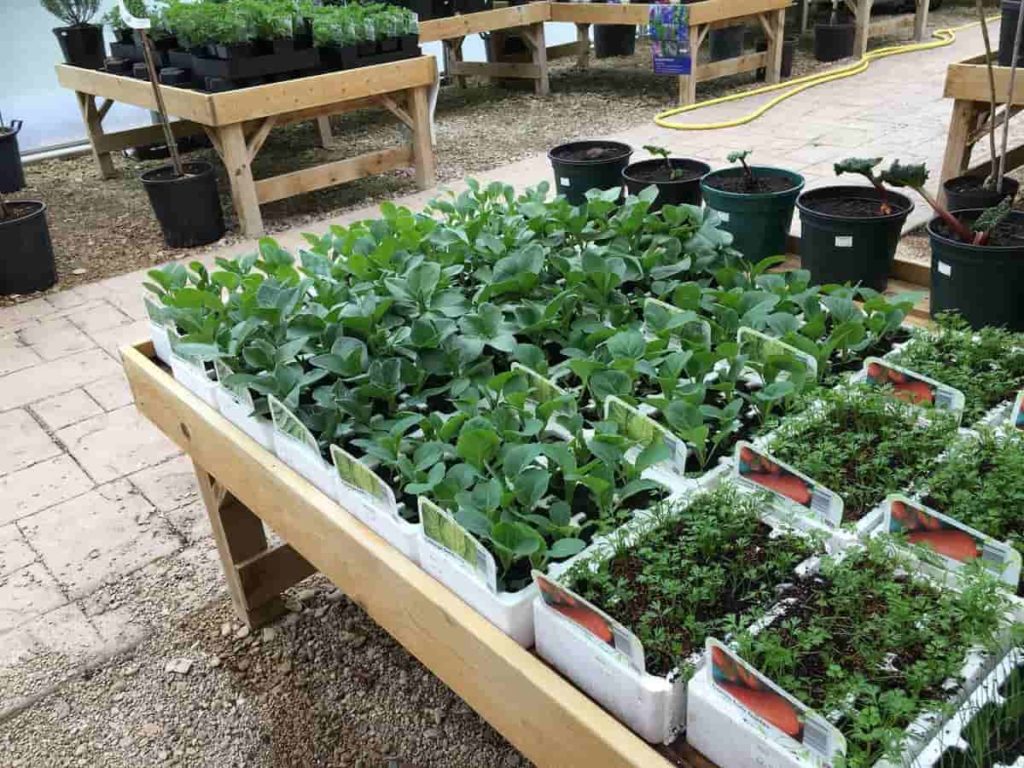
In this way, Mr. Narasimha is a proud owner of his nursery and is earning huge profits from his nursery. He suggests farmers struggling with conventional agricultural farming practices enter this industry as this industry is easy to manage. As a result, you can make huge profits, which results in fast returns on your investment. Mr. Narasimha is now happy with what he is doing and guiding many new farmers to enter this agriculture sector.
- Flower Garden Designs and Layouts for Beginners
- Planting and Spacing Techniques in Papaya: A Beginner’s Guide
- Growing Gold: Essential Techniques for Planting Pineapples
- How to Make Kalanchoe Plant Bushy: Home Remedies and Solutions
- 11 Reasons Why Your Gardenia is Not Blooming: Home Remedies and Solutions
- Eco Elegance: The Guide to Designing a Drought-Tolerant Landscape
- Gardening on a Slope: Strategies for Hillside Landscaping
- Nourish and Flourish: Top Organic Mulches for Thriving House Plants
- Everything You Want to Know about Indian Mogra Flower: Discover Uses and Growing
- Green Thumb Success: Expert Tips for Cultivating Greenhouse Pumpkins All Year Round
- Maximize Growth & Flavor: The Ultimate Guide to Companion Planting in Herb Gardens
- How to Control Rhododendron Problems Naturally: Home Remedies and Organic Ways to Fix Them
- Natural Magic: The Remarkable Benefits of Cinnamon for Plants
- Best Steps to Revive Dying Tulip with Natural and Organic Treatment
- 10 Reasons Why Your Angel Trumpet is Not Blooming: Remedies and Treatment
- How to Fix Periwinkle Leaf and Flower-Related Problems: Natural Remedies and Solutions
- How to Fix Zinnias Leaf and Flower Problems: Discover Natural and Home Remedies
- Organic Steps to Induce Lemon Tree Flowers: A Comprehensive Guide
- Bloom Booster: Crafting the Perfect Homemade Bougainvillea Fertilizer
- Optimizing Growth: A Guide to Applying NPK Fertilizer for Potted Plants
- 10 Best Homemade Fertilizers for Rubber Plant: DIY Recipes and Application Method
- How to Boost Female Pumpkin Flowers: Effective Steps for More Flowers and High Yields
- Transform Your Indoor Garden: Top Benefits of Pink Salt for Houseplants
- 10 Best Homemade Fertilizers for Peacock Plants (Calathea): Easy DIY Guide
- Unlock Blooms: 9 Reasons Why Your Potted Chrysanthemum is Not Blooming
- 8 Reasons Why Your Potted Hibiscus is Not Blooming: Fix it with Simple Solutions
- Unlock Blooms: 9 Key Reasons Your Potted Frangipani Won’t Flower
- 10 Reasons Why Is My Ice Plant Not Blooming: Remedies and Treatment
- 10 Reasons Why My Potted Hydrangea Not Blooming: Treatment and Remedies
- 10 Reasons Why is My Wisteria Not Blooming: Remedies and Treatment
- 10 Reasons Why is My Goldfish Plant Not Blooming: Remedies and Treatment
- Maximize Your Space: Ultimate Guide to Balcony Gardening with Grow Bags
- 10 Reasons Why Your Iris is Not Blooming: Remedies and Treatment
- 10 Reasons Why Your Anthurium Plant is Not Blooming: Treatment and Remedies
- 10 Reasons Why Your Aquaponic Plants Are Not Flowering: Remedies and Treatment
- 10 Reasons Why Your Agapanthus is Not Flowering: Remedies and Treatment
